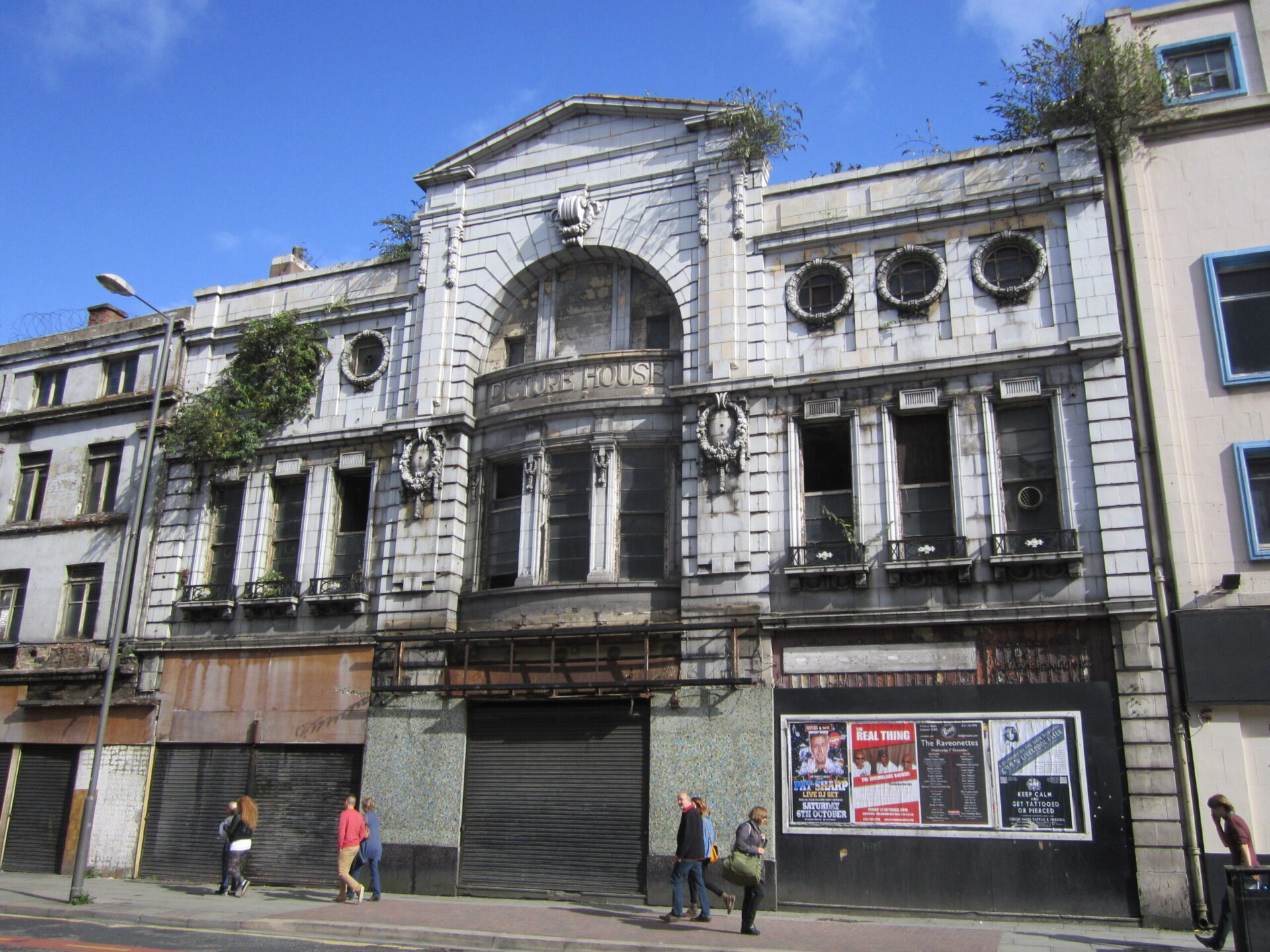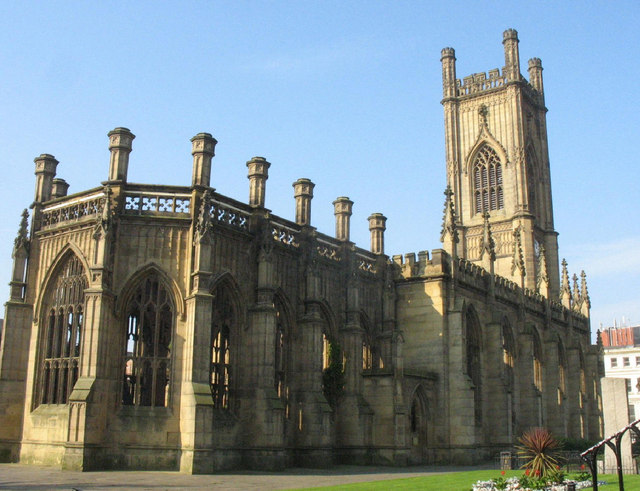Conflict and co-operation in Liverpool: a study in contrasts
This week, Neptune’s approved £35m regeneration project for Lime Street in Liverpool has come in for renewed criticism. The Cinema Theatre Association has added to the calls from a local campaign of over 2,700 people for a public inquiry into the recent planning approval, which includes the demolition of the well-respected Futurist Cinema, which is currently owned by the City Council.
The Council has defended the plans, noting that the cinema’s structural condition means it cannot be saved. The Council had previously indicated, after discussions with campaigners, that it hoped to retain the historic façade as part of the regeneration plans, leading to dismay over the apparent backtracking.
In contrast, another historic building owned by Liverpool City Council is also in the headlines this week, with public opinion seemingly an integral part of future plans. St Luke’s Church, perhaps better known as “the bombed-out church,” on Bold Street is a Grade II-listed former parish church. A direct hit during the Liverpool Blitz in 1941 started a fire, leaving only the stone shell of the church standing. This has remained, acting as a war memorial and more recently a venue for public art events and concerts.
Both the Council and Heritage England are due to undertake around £150,000 of structural repairs to the church. There was previously talk of converting it to a hotel; Liverpool’s Mayor, Joe Anderson, has committed to keep it in public ownership, but stressed that any plans put forward must be viable.
Liverpool Council is currently seeking public views, with people asked to complete an online questionnaire by the end of September, with particular reference to ‘types of use, degrees of renovation and forms of development’. Notably, despite the Council’s commitment to keeping the building in public ownership, questions do include whether the building and/or gardens could be suitable for development into a number of seemingly private uses, including a hotel.
It will be interesting to see the results from the public consultation, and how far plans for the development of St Luke’s or its gardens reflect these. The Futurist Cinema and St Luke’s Church seem to demonstrate two contrasting approaches to involving the public in planning. Early consultation, particularly when a range of options remains open, can help local residents and interested parties to have a sense of ownership over development plans. Liverpool City Council now needs to demonstrate that its plans to regenerate the city centre reflect the aspirations of its citizens.
Selected industry experts bring you insight and expert advice, across a range of sectors.
Subscribe for free to receive our fortnightly round-up of property tips and expertise
Selected industry experts bring you insight and expert advice, across a range of sectors.
Subscribe for free to receive our fortnightly round-up of property tips and expertise





